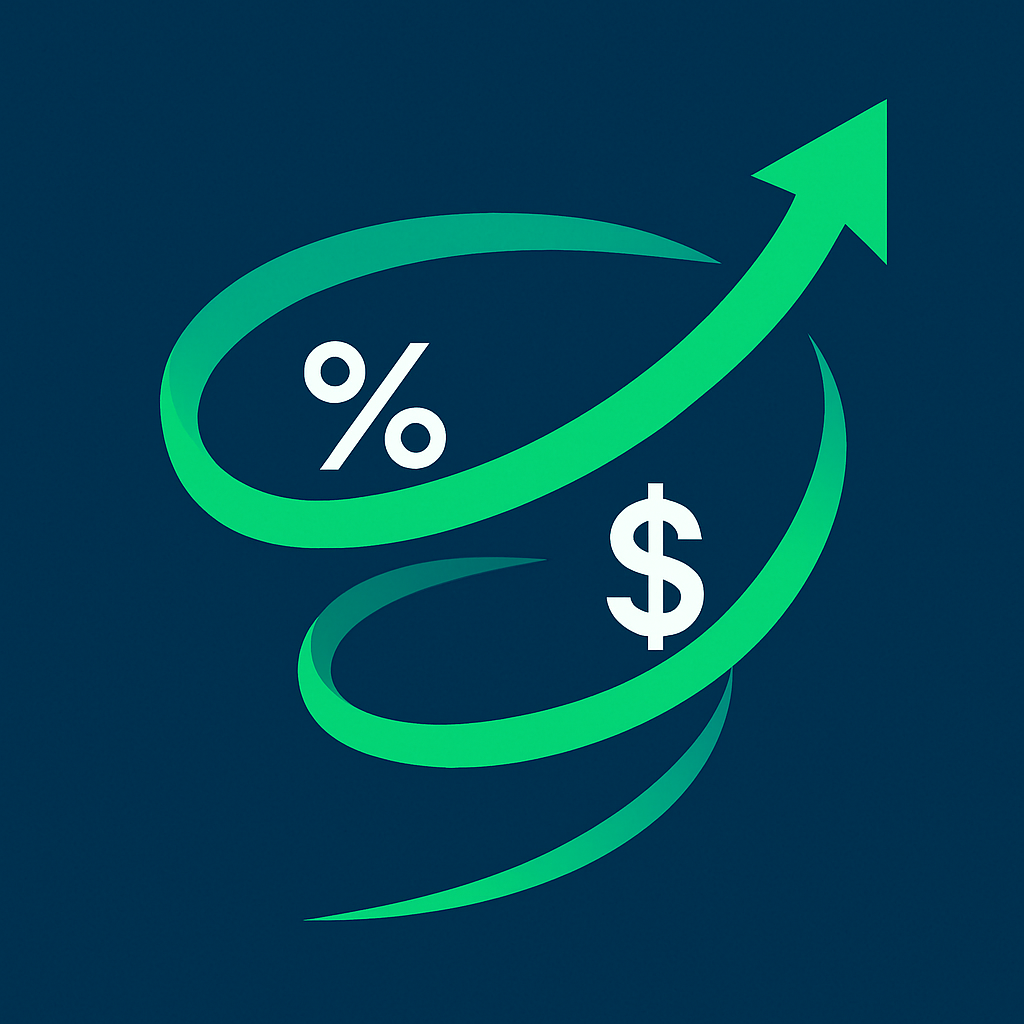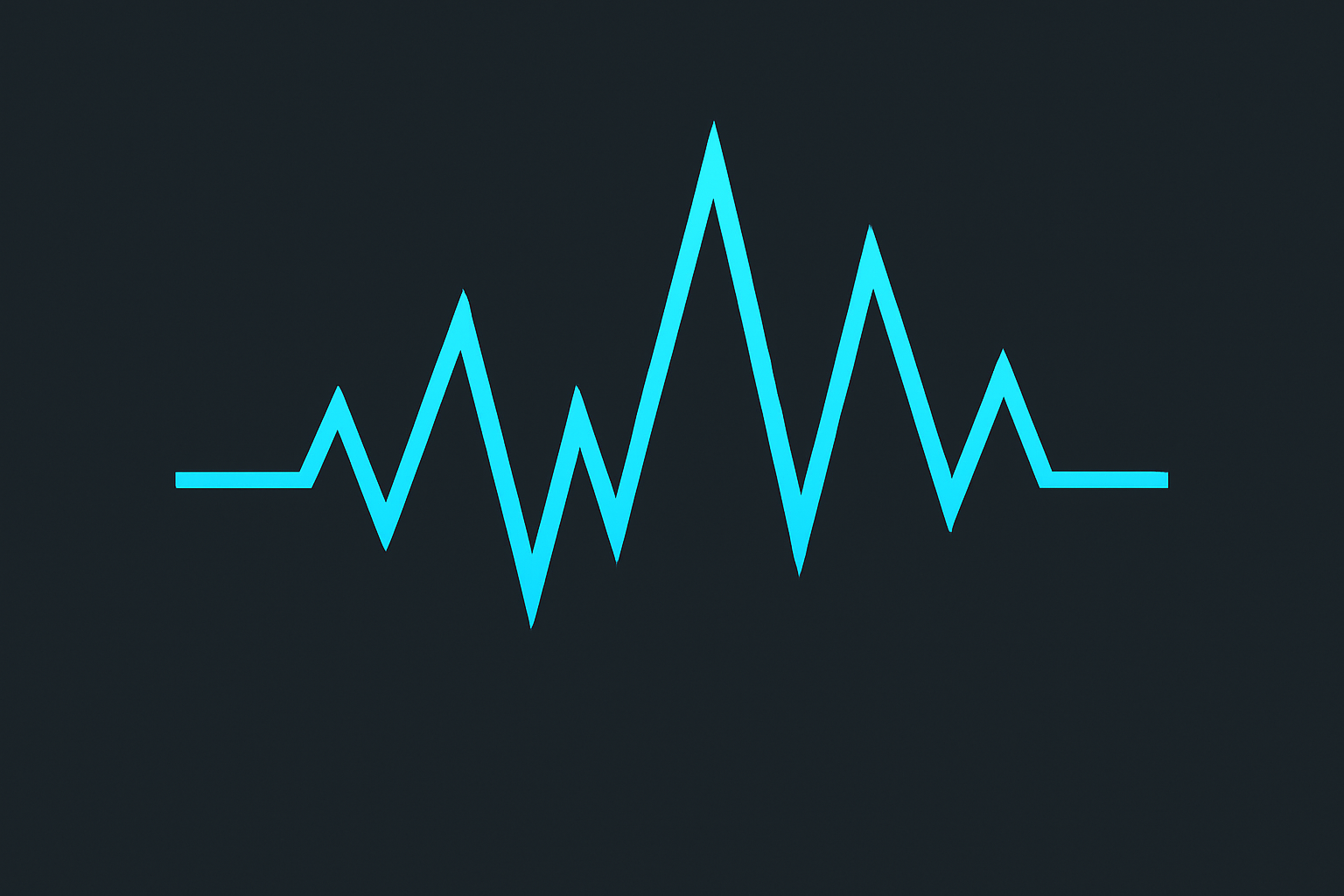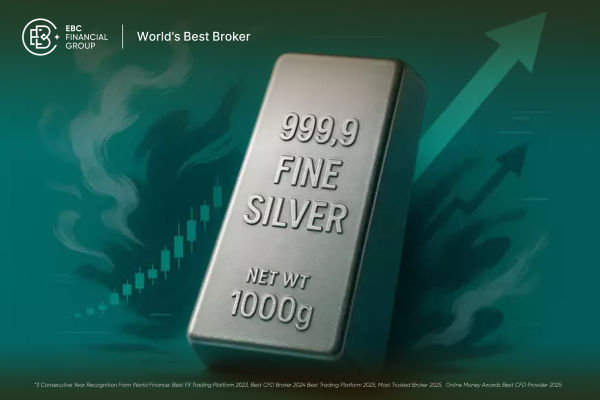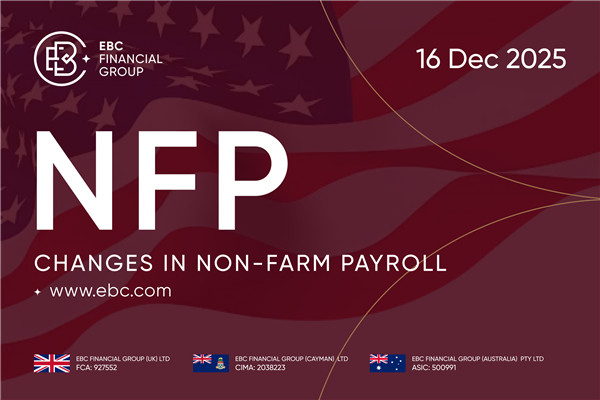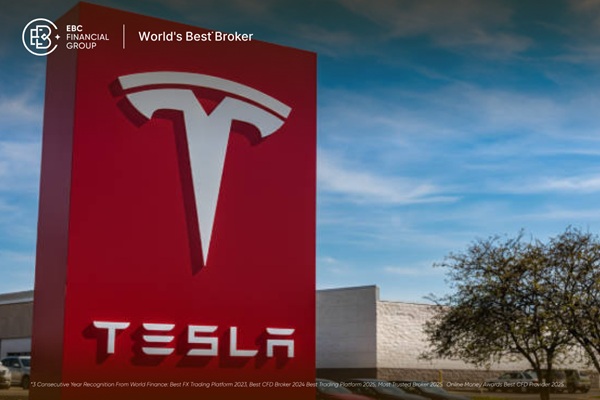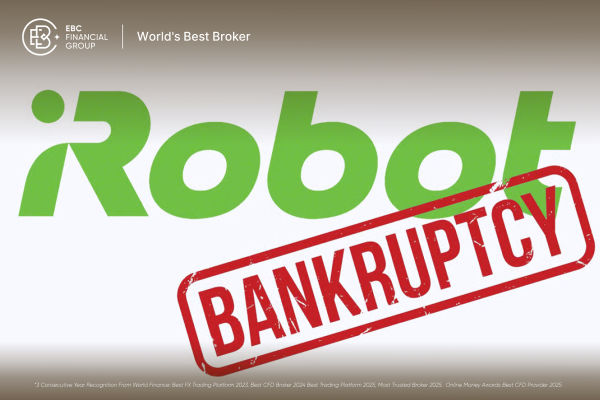Floating Profit Overview
Floating profit refers to the dynamic average holding cost of all traders over a specific period, a key metric in market analysis. This concept is employed to discern market phenomena such as oversold conditions, short-term adjustment demand, and the inherent strength of the stock. The difference between the current stock price and the 8-day average cost is known as "Floating Profit-8", while the gap between the current stock price and the 21-day average cost is termed "Floating Profit-21"

Insights on Floating Profit Indicators
Floating Profit 8: This indicator measures the displacement between the K-line and the 8-day cost average. A K-line above the 8-day average suggests a positive floating profit, indicating that the stock is performing above the recent cost trend. The greater the distance above this average, the higher the positive value, hinting at a possibly overbought condition. Conversely, a K-line below this average represents a negative floating profit, potentially signalling an oversold condition.
Floating Profit 21: Similar to the 8-day indicator, Floating Profit-21 analyses the gap between the K-line and the 21-day cost average. A positive value here indicates that the stock is priced above its medium-term cost average, which could be a sign of strength or an impending price correction depending on broader market conditions.
Floating Profit 60 and ∞: Extending the concept, Floating Profit-60 examines the displacement with respect to a 60-day cost average, offering insights into longer-term stock performance against historical costs. The Floating Profit ∞, on the other hand, considers the displacement against the moving average of all costs, providing a holistic view of the stock’s performance over an indefinite period.
Application in Investment Decisions
Understanding and utilizing floating profit indicators such as Floating Profit-8, Floating Profit-21, and others are crucial for thorough stock analysis. These tools help investors gauge market conditions more accurately and make more informed decisions based on the relationship between current Stock Prices and historical cost averages. By employing these indicators, investors can identify potential buying or selling opportunities based on anticipated market adjustments and stock strength analysis.
Floating profit indicators are invaluable tools in the arsenal of investors aiming to perform detailed market trend analysis and stock strength evaluation. By integrating these indicators into their analysis, investors enhance their ability to navigate the complexities of the stock market, ensuring that their investment decisions are data-driven and strategically sound.
Conclusion
Floating profit indicators are invaluable tools in the arsenal of investors aiming to perform detailed market trend analysis and stock strength evaluation. By integrating these indicators into their analysis, investors enhance their ability to navigate the complexities of the stock market, ensuring that their investment decisions are data-driven and strategically sound.













